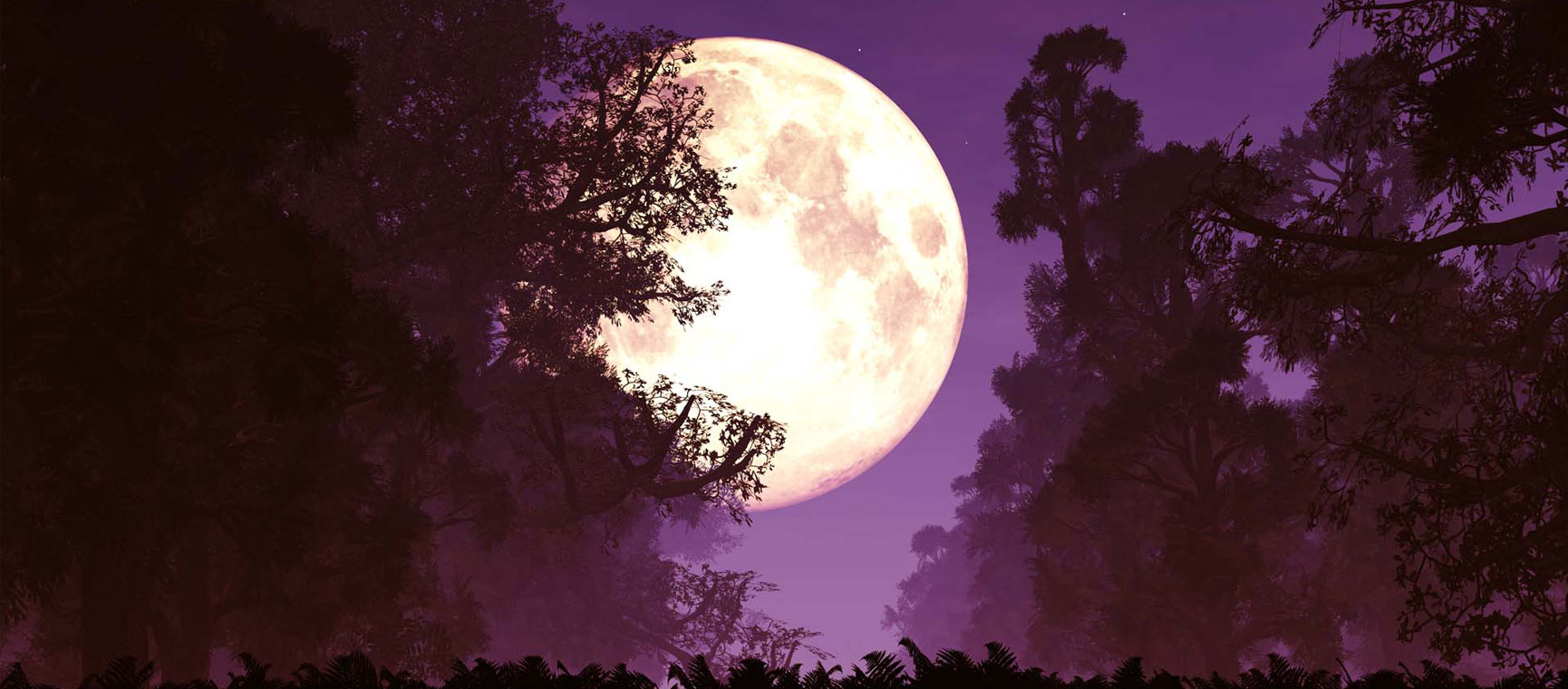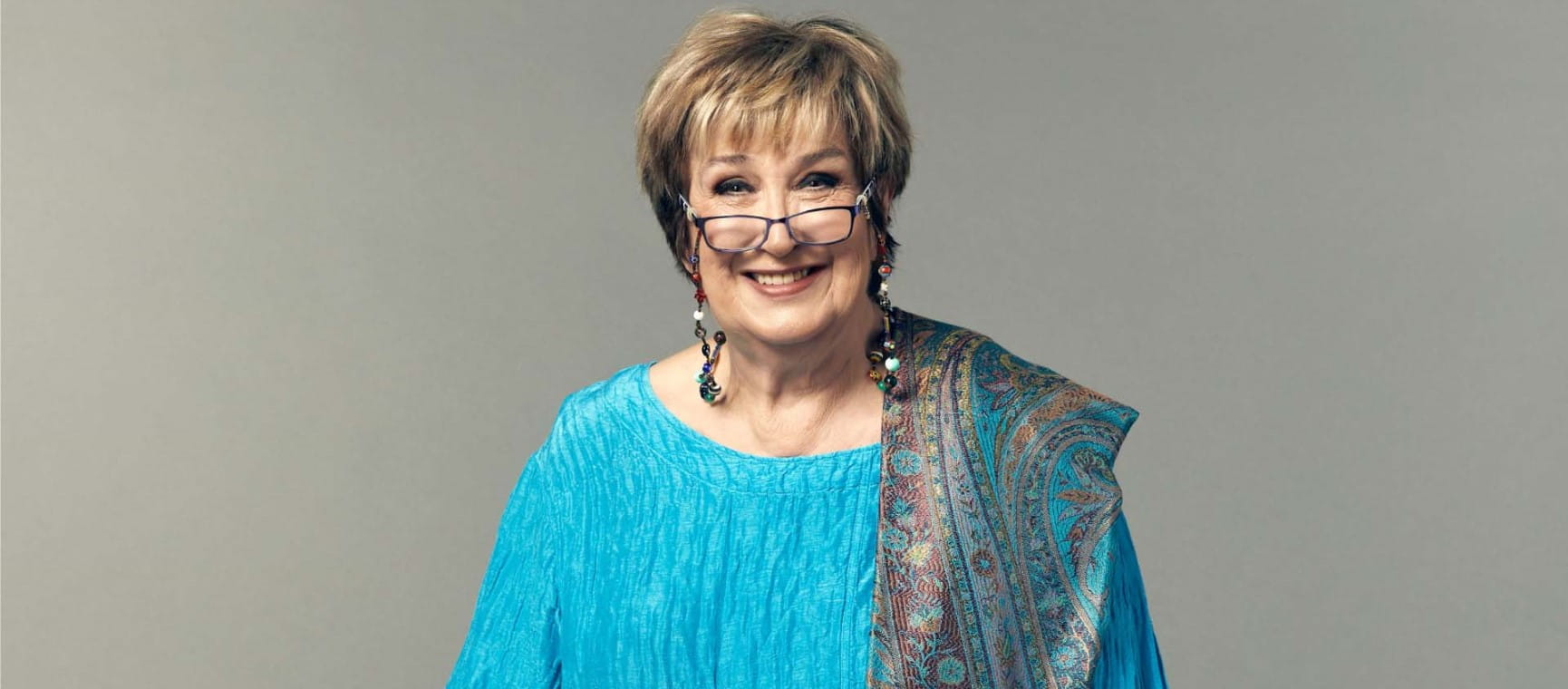
A supermoon is when the moon is closest to the Earth and at its brightest.
We haven't had one in our skies since last October, but now we've got a supermoon every month until the end of 2025.
It's a great opportunity to take a closer look at our nearest celestial neighbour, so here we tell you when to see them, what you can spot and why the moon is becoming more important for all of us.
Dr Affelia Wibisono, astronomer at the Royal Greenwich Observatory, explains: “A super full moon is what happens when the full moon coincides with when the moon is at (or very close to) its nearest point to the Earth."
"Super full moons appear very slightly bigger and brighter compared to a ‘normal’ full moon."
The next super full moons in the UK in 2025 will be on 7 October, 5 November and 4 December. These are named, respectively, the Harvest Moon, the Beaver Moon and the Cold Moon.
"The moon will not look noticeably different during the night, so the best time to see it will depend on the observer’s local conditions,” Dr Wibisono explained.

The moon will appear up to 14% bigger and 30% brighter than when it is furthest away from the Earth. It will be at 222,043 miles (357,344km) compared to its furthest point of 252,088 miles (405,696km).
With the moon so big in our skies, it’s a great opportunity to grab a pair of binoculars and give it a closer look.
Dr Wibisono explained that you can see many of the moon’s natural features, but if you’ve got a pair of binoculars to hand, you’ll see even more on the surface of the Earth’s only natural satellite.
These include:
Dr Wibisono says: “Binoculars will reveal more details on the crater, such as its slumped inner walls and the 2km [one-and-a-quarter-mile] tall mountain at the centre of the crater’s floor.
“You’ll also be able to see other smaller craters and mountain ranges around the moon’s surface.”
Geopolitical and astropolitical expert Tim Marshall is author of the best-selling book The Future of Geography – about the new political space race.
He explained that the moon is set to become the centre of attention for all of us. For the first time since 1972, when we look up at the moon a man and a woman will soon be looking right back at us.
“Get the popcorn ready,” he told Saga Magazine. “The USA plans to have a woman and a man walking on the Moon by 2027. It’s part of the Artemis Accords mission, to which the UK is a signatory."
India has landed a robot on the moon and China expects to have its astronauts taking their first lunar steps by 2030.
Marshall added that this new interest isn’t just about space exploration, it’s the start of a space gold rush to try to capitalise on what’s thought to be on the moon’s surface.
“We can expect bases to be built on the moon by the early 2030s,” he said. “This is because of the huge potential for mining the metals that we need for renewable energy technology on Earth – which are now thought to be at the lunar south pole.
“The economic model of making that profitable is unproven, but that won't stop companies and countries from trying."
Phillipa Cherryson is senior digital editor for Saga Magazine. Phillipa has been a journalist for 30 years, writing for national newspapers, magazines and reporting onscreen for ITV. In her spare time she loves the outdoors and is an Ordnance Survey Champion and trainee mountain leader.
View author page

Saga Home Insurance comes with garden cover included. Find out what’s included and get tips to help secure your garden.

Find out about Saga’s walking holidays here…
Saga’s walking holidays are perfect for exploring Europe’s stunning destinations on foot. They’re suitable for all fitness levels and offer a well-balanced mix of guided walks and relaxation.

The ultimate guide to Saga Puzzles, full of technical tips, tricks and hints.

With the start of the new financial year on 6 April, our money expert explains the changes to your pension, benefits and taxes.





